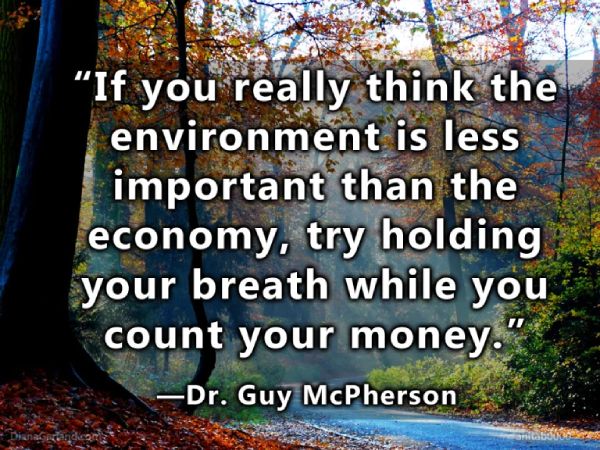Glacial retreat − the rate at which mountain ice is turning to running water − has accelerated. In the last two decades, the world’s 220,000 glaciers have lost ice at the rate of 267 billion tonnes a year on average, and this faster glacier melting could soon imperil downstream food and water supplies.
To make sense of this almost unimaginable volume, think of a country the size of Switzerland. And then submerge it six metres deep in water. And then go on doing that every year for 20 years.
European scientists report in the journal Nature that, on the basis of satellite data, they assembled a global snapshot of the entire world’s stock of land-borne ice, excluding Antarctica and Greenland. And then they began to measure the impact of global heating driven by profligate fossil fuel use on the lofty, frozen beauty of the Alps, the Hindu Kush, the Andes, the Himalayas and the mountains of Alaska.
They found not just loss, but a loss that was accelerating sharply. Between 2000 and 2004, the glaciers together surrendered 227 billion tons of ice a year on average. By 2015 to 2019, the annual loss had risen to 298 billion tonnes. The run-off from the retreating glaciers alone caused more than one-fifth of observed sea level rise this century.
Right now an estimated 200 million people live on land that is likely to be flooded by high tides at the close of this century. Altogether, one billion people could face water shortages and failed harvests within the next three decades, in many instances because of glacier loss.
Glacial ice in the high mountains represents so much water stored, to be released in the summer melt to nourish crops downstream. The fastest melt is in Alaska, Iceland and the Alps, but global warming is also affecting the Pamirs, the Hindu Kush and other peaks in Central Asia.
“The situation in the Himalayas is particularly worrying,” said Romain Hugonnet, of the Swiss Federal Institute of Technology, known as ETH Zurich, and the University of Toulouse.
“During the dry season, glacial meltwater is an important source that feeds major waterways such as the Ganges, Brahmaputra and Indus rivers. Right now, this increased melting acts as a buffer for people living in the region, but if Himalayan glacier shrinkage keeps accelerating, populous countries like India and Bangladesh could face food and water shortages in a few decades.”
Climate change link
Such news could hardly be a shock to geographers and climate scientists: researchers have been warning for years that as many as half of the planet’s mountain glaciers could be gone by the century’s end. Europe’s Alps could by 2100 have lost nine-tenths of all the continent’s flowing ice.
Researchers have also identified the consequent risk to water supplies for millions, and confirmed an “irrefutable” link between human-induced climate change and glacier loss. So the latest research is an update, and a check on subtle changes in rates of loss, based on imagery from Nasa’s Terra satellite, which has been orbiting the planet every 100 minutes since 1999.
The scientists found that melt rates in Greenland, Iceland and Scandinavia all slowed in the first two decades of the century, perhaps because of a change in temperatures and precipitation in the North Atlantic. Conversely, glaciers in the Karakoram range that had once seemed anomalously stable had now started to melt.
“Our findings are important on a political level,” said Daniel Farinotti, also of ETH Zurich. “The world really needs to act now to prevent the worst case climate change scenario.” − Climate News Network![]()
Author
Tim Radford, a founding editor of Climate News Network, worked for The Guardian for 32 years, for most of that time as science editor. He has been covering climate change since 1988.
![]() Don't forget to feed the birds. Donate here
Don't forget to feed the birds. Donate here








